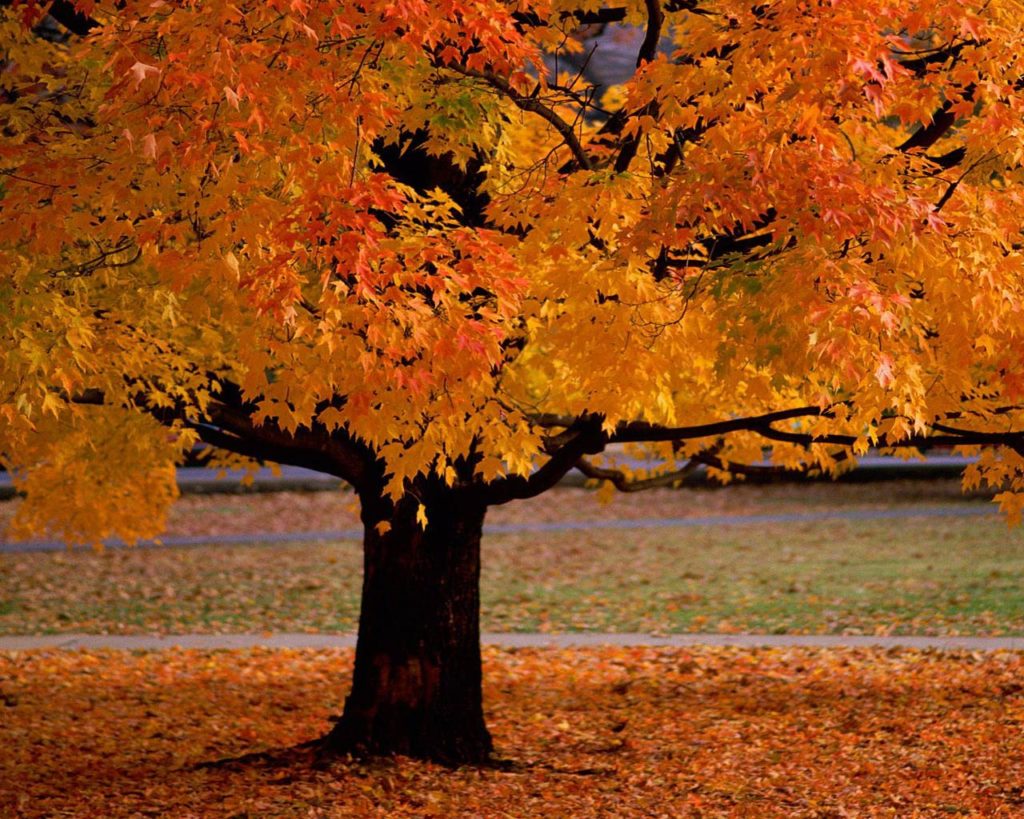 Pennsylvania winters have become pretty brutal in recent years. The 2014 winter temperatures dropped to well below zero several times. I know we all want to put those thoughts behind us right now as we’re going into a beautiful summer that will doubtlessly have us reaching for the thermostat. But as responsible adults, we must consider the coming winter and prepare as much as possible. Summer and fall are the best times to buy or cut firewood, so let’s talk about the best firewood to increase the heat efficiency of your fireplace or wood burning stove.
Pennsylvania winters have become pretty brutal in recent years. The 2014 winter temperatures dropped to well below zero several times. I know we all want to put those thoughts behind us right now as we’re going into a beautiful summer that will doubtlessly have us reaching for the thermostat. But as responsible adults, we must consider the coming winter and prepare as much as possible. Summer and fall are the best times to buy or cut firewood, so let’s talk about the best firewood to increase the heat efficiency of your fireplace or wood burning stove.
Hardwoods
White Ash – Dries quickly compared to most other wood due to naturally lower moisture content. Splits easily, throws few sparks, burns very hot.
Oak – Red or white oak are hot burners that don’t produce a lot of smoke. They produce a nice aroma while burning, and throw few sparks. Oak does not split very easily.
Beech – Beech or blue beech are easier to split, hot burning, don’t produce a lot of smoke or aroma, and throws few sparks.
Birch – Yellow or black birch are hot burning, easy to split, throws few sparks, and don’t produce a lot of smoke.
Hickory – Easy to burn, hot burner, very difficult to split, doesn’t throw many sparks, doesn’t produce a lot of smoke, but the aroma is very good. Many people love to burn hickory due to the aroma, regardless of how difficult it is to split.
Hard Maple – Difficult to split, hot burner, not a lot of smoke, doesn’t throw a lot of sparks.
Some other hardwoods that burn hot include dogwood and pecan but most people prefer to see dogwood in bloom and raise food with pecan trees. I am leaving them off of the list intentionally, but they are also hot burning hardwoods.
Softwoods
Southern Yellow Pine – Hot burner, easy to burn, easy to split, nice aroma, but does throw sparks.
Douglas Fir – Easy to split, easy to burn, hot burner that doesn’t throw many sparks.
This isn’t a complete list of hot burning woods of course, just a quick overview of some of the most popular types. It is illegal to cut certain types of trees in certain areas, so please check local restrictions before you go cutting firewood.
Which is Better? Hardwood or Softwood?
Hardwoods are a better choice as a general rule of thumb. You should never burn unseasoned wood; meaning wet or green wood. Always make sure the wood you burn has been allowed to dry or “season” for at least six months, preferably a year. Never use treated or painted wood, as it could produce toxins that could compromise the health of everyone in the household as well as throw toxins into the air out the chimney.
Regardless of the type of wood you choose to burn, get your chimney and fireplace or wood burning stove inspected at least once a year. You may take every precaution imaginable, but not realize how much creosote is built up inside your chimney. Creosote is the leading cause of chimney fires. Call me to schedule a consultation, inspection, or cleaning.
